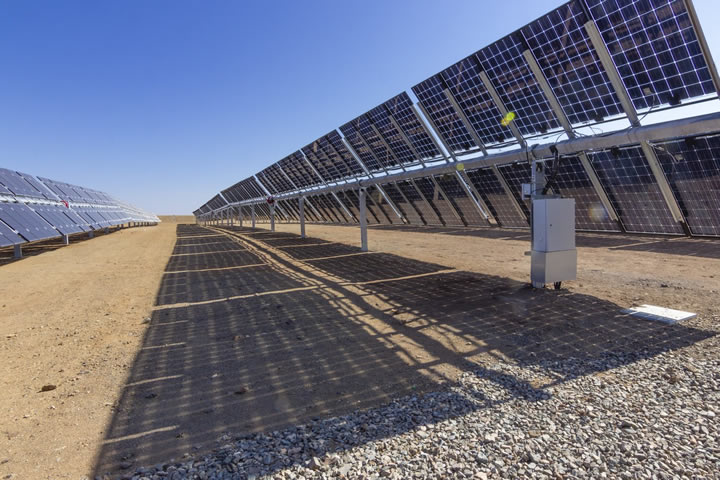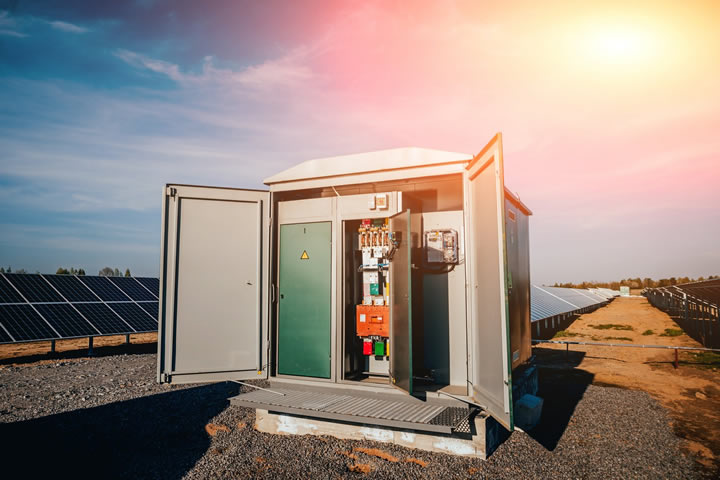This is the second in a series of blogs outlining important considerations when performing technical due diligence on a solar asset.
Due Diligence 101-Part 2: Choosing the Right Technology When Acquiring a Solar Farm
Article from | Clean Energy Associates (CEA)
Successful solar project acquisition hinges on evaluating the critical technology and engineering choices that have already been made—modules, inverters, racking systems and production models—that will determine the project's viability and performance. In this post, we delve into how these technology decisions offer invaluable clues to corporate renewable energy buyers.
Making sure that a project was done properly the first time can avoid costly and unexpected issues down the road.
Module design
Solar modules serve as the bedrock of any solar installation, and choosing the right ones requires careful calibration based on several factors unique to each project's location and objectives
For instance, rooftop installations present a unique set of challenges compared to ground-mounted projects. In rooftop scenarios, structural strength, shading, and ease of access take center stage.

To address these considerations, developers often turn to bifacial modules, a technology that gained prominence in recent years. Bifacial modules not only capture sunlight from above but also harness reflections from nearby surfaces, effectively amplifying energy production.
Shading analysis
Shading poses a quiet adversary to solar energy. Even partial shading on a module can disproportionately impact its efficiency. To mitigate this, we invest time in meticulous shading studies, analyzing how shadows move throughout the day and across different seasons. Ensuring that every module receives its fair share of sunlight is imperative to maintain consistent energy output.
Inverters
Inverters operate behind the scenes in solar installations, converting the direct current (DC) generated by solar panels into the alternating current (AC) that powers our buildings and facilities. The choice of inverters plays a pivotal role in a project's performance and cost-effectiveness.

Options include string inverters, central inverters, and microinverters, each with its set of strengths and weaknesses.
String inverters, for instance, find favor in rooftop installations for their simplicity and cost-effectiveness. In contrast, central inverters suit large-scale ground-mounted arrays. Microinverters offer granularity, but they can introduce maintenance complexities in certain settings.
The location and placement of inverters demand careful thought. Accessibility for maintenance and troubleshooting is a key consideration, and some code compliance issues require specific location of the inverters. Achieving a balance between efficient power conversion and ease of management often leads us to place inverters on parapets or walls for accessibility and convenience for maintenance.
However, the correct selection and placement of inverters form just part of the equation. From an acquisition standpoint, it's crucial to assess the workmanship involved in their installation. Proper terminations in the combiner box and precise connections to the AC inverter are critical to prevent potential issues that could lead to reduced production.
Racking and tracking systems
Racking systems might not grab headlines, but they play a pivotal role in solar projects. They provide sturdy foundations that support solar modules, keeping them securely in place while optimizing their exposure to sunlight.
Like other aspects of solar technology, racking systems aren't one-size-fits-all. Their design and selection depend on the specific characteristics of each project. When working on rooftops, we encounter an array of challenges.
Structural strength tops the list. We meticulously assess the load-bearing capacity of the rooftop to ensure it can support the solar array's weight, especially in cases involving older buildings or those with specific load restrictions.
Layout and obstructions
Rooftop installations also require meticulous planning to ensure safety and access. Building codes often dictate minimum setback distances from edges and the creation of access pathways for maintenance personnel and first responders.

Skylights, air conditioning units, and other rooftop elements complicate the placement of solar modules and racking systems. Efficient space utilization is vital to maximize energy output while adhering to these constraints.
In contrast, ground-mounted projects provide more flexibility in racking design. However, factors like soil conditions, terrain, and topography influence the choice of racking systems. Not all single-axis trackers suit all terrains. These considerations lead us to tailor the racking system to the project's specific needs, ensuring stability, efficiency, and compliance with local regulations.
Interconnection
Beyond choosing the right components, electrical and interconnection aspects are pivotal in solar project acquisition.
Interconnection is more than a technicality; it's a linchpin in the success of solar projects. While utility sign-off generally ensures compliance, a closer look during acquisition can be worthwhile. Understanding the state of the existing electrical infrastructure and the potential need for upgrades is essential to avoid unforeseen costs and delays.
Upgrades can vary in complexity and cost. In some cases, a simple breaker tie-in may suffice, allowing the addition of solar power to the existing infrastructure without major overhauls.
However, older facilities or those with limited electrical capacity may require extensive upgrades, including increasing the ampere rating of the facility's gear. Such upgrades can be substantial, both in terms of cost and the time required for implementation.
Interconnection considerations also intersect with local regulations and utility requirements. Navigating this complex landscape demands expertise to ensure compliance while optimizing project economics.
Performance validation
Beyond the technical facets, the focus shifts to assessing the project's real-world performance. Production logs and SCADA (Supervisory Control and Data Acquisition) data play a significant role in validating whether a solar site generates the expected output.
When discrepancies arise, a thorough inspection becomes necessary, including infrared imaging of major components such as modules, inverters, and combiner boxes. Infrared imaging serves as a crucial diagnostic tool, helping identify areas where heat buildup indicates impedance issues.
These issues can lead to increased amperage and ultimately component failure. Deep inspections enable new owners to uncover hidden problems that impact production, even when these issues remain invisible to the naked eye.
+Testing+for+PV+Modules.jpg)
Moreover, electroluminescence testing provides an additional layer of insight by revealing microcracks in modules that might not be apparent through visual inspection. This testing method is akin to an X-ray for solar modules, helping identify potential issues that could compromise long-term performance.
Whether it's modules, inverters, racking systems, or interconnection, each decision shapes the outcome of the project you’re buying. Whether you're considering acquiring a rooftop installation or a sprawling ground-mounted array, understanding the nuances of the original technology selection is the key to a successful acquisition.
Clean Energy Associates stands ready to guide corporate renewable energy buyers through these complexities. Our expertise empowers businesses to confidently embrace clean energy solutions, harnessing the sun's power efficiently, sustainably, and profitably.
In future posts, we’ll walk you through the other elements of our due diligence analysis, including performance model validation and overall system design. In case you missed it, check out our first post in this series, which focused on site selection.
The content & opinions in this article are the author’s and do not necessarily represent the views of AltEnergyMag
Comments (0)
This post does not have any comments. Be the first to leave a comment below.
Featured Product

